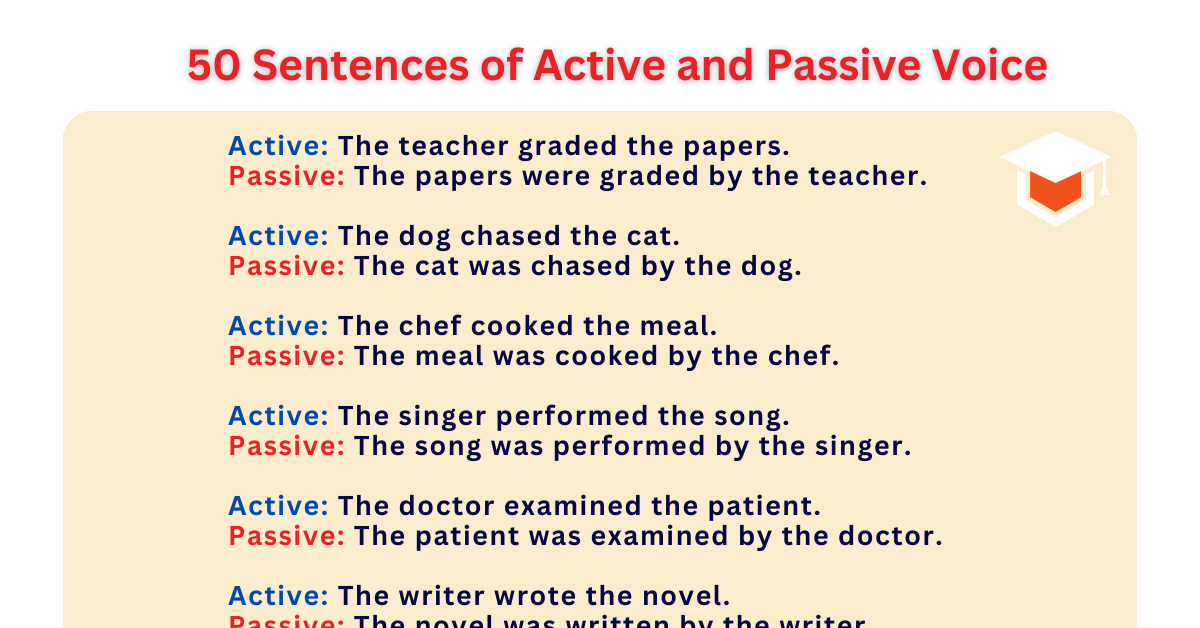Active and passive voice are two different ways in which a sentence can be structured. Understanding the difference between them is crucial for effective communication in writing. Whether you are writing an essay, a report, or any other type of document, knowing when to use active or passive voice can greatly enhance the clarity and impact of your message.
Active voice is a grammatical structure in which the subject of the sentence performs the action. In contrast, passive voice is a grammatical structure in which the subject of the sentence receives the action. Each type of voice has its own strengths and weaknesses, and knowing when to use each one can make a significant difference in the quality of your writing.
Active Voice
In active voice, the subject of the sentence is the one performing the action. This type of voice is often preferred in writing because it is more direct, concise, and engaging. Active voice is particularly useful when you want to emphasize the doer of the action or when you want to make your writing more dynamic and engaging. For example, “The team won the championship” is a clear and direct sentence in active voice.
Using active voice can also help to make your writing more persuasive and compelling. By placing the emphasis on the subject performing the action, you can create a sense of urgency and importance in your writing. Active voice is especially effective in persuasive writing, such as in advertising or argumentative essays, where you want to grab the reader’s attention and make a strong impact.
However, it is important to use active voice judiciously and appropriately. Overusing active voice can make your writing sound too simplistic or repetitive. In some cases, passive voice may be more appropriate, such as when the focus is on the action or when the doer of the action is unknown or unimportant.
In conclusion, understanding the difference between active and passive voice is essential for effective communication in writing. By knowing when to use each type of voice, you can enhance the clarity, impact, and persuasiveness of your writing. Whether you are crafting an argument, telling a story, or conveying information, choosing the right voice can make a significant difference in how your message is received.
